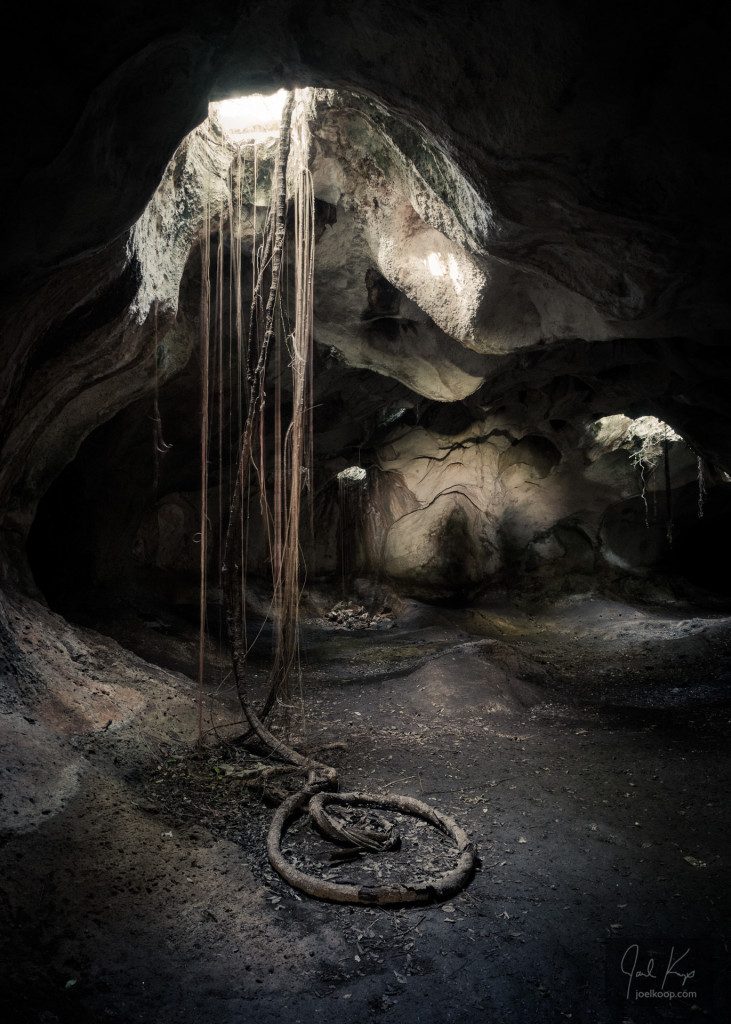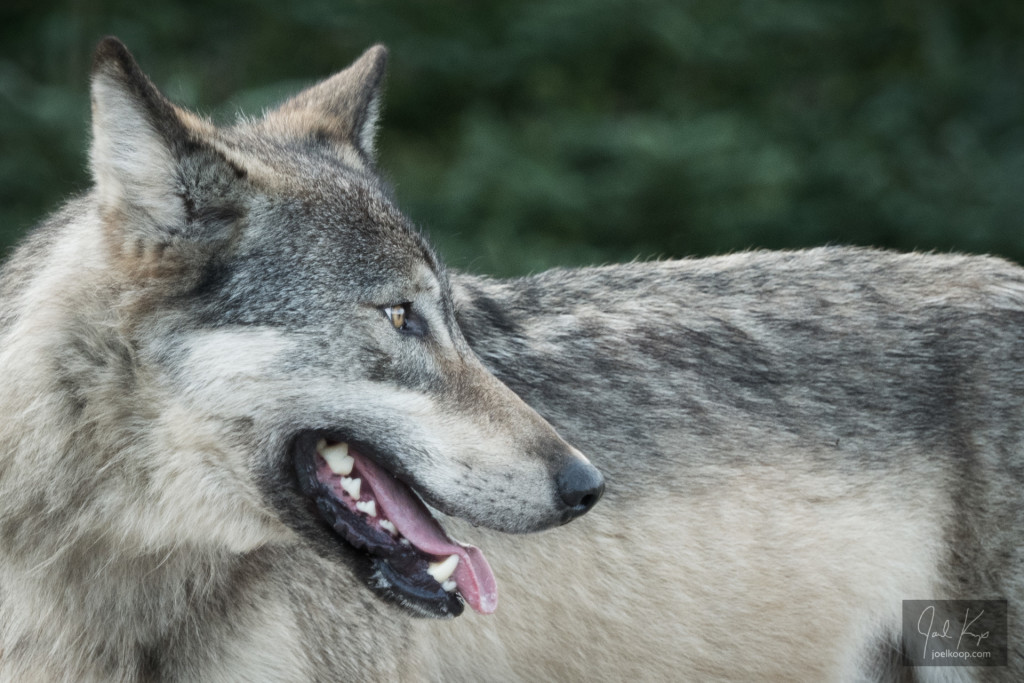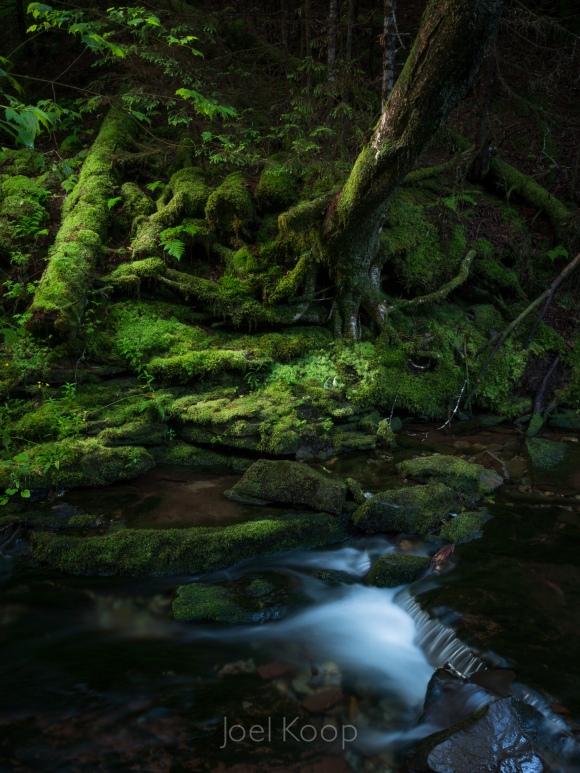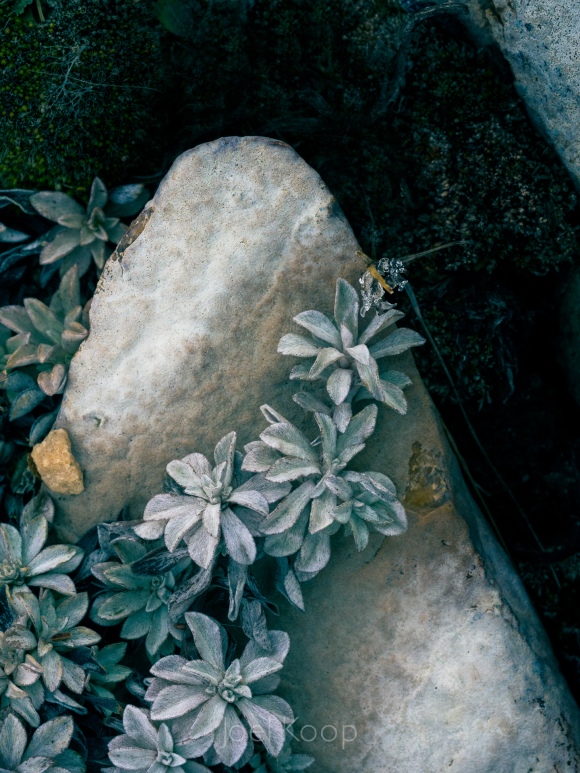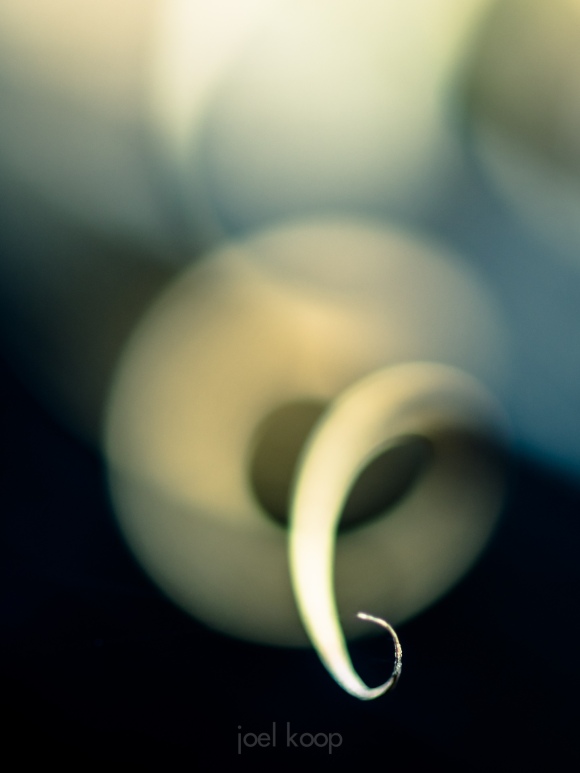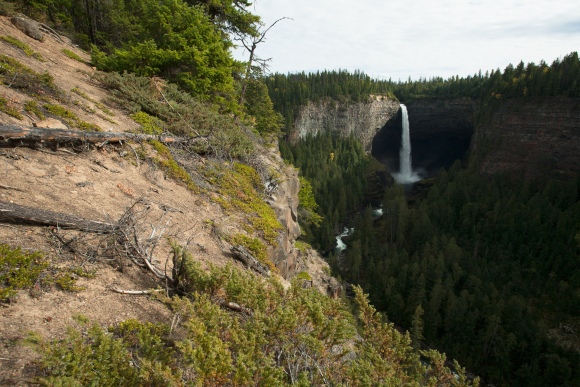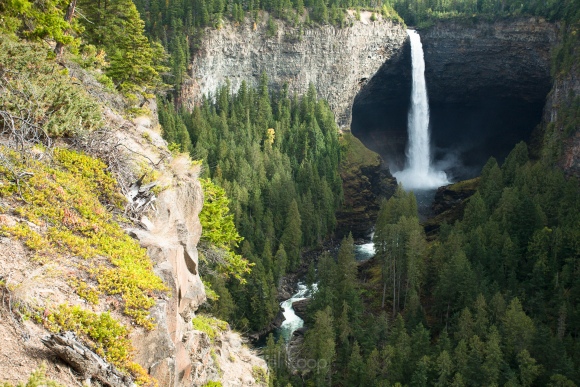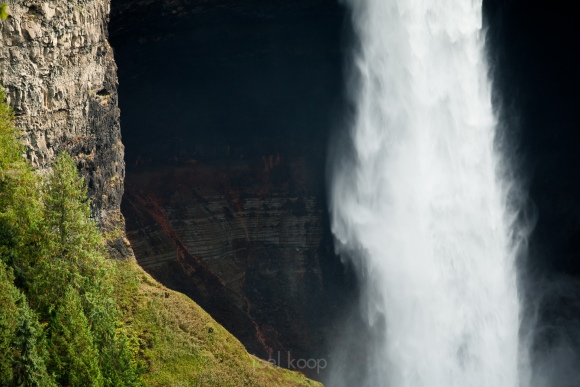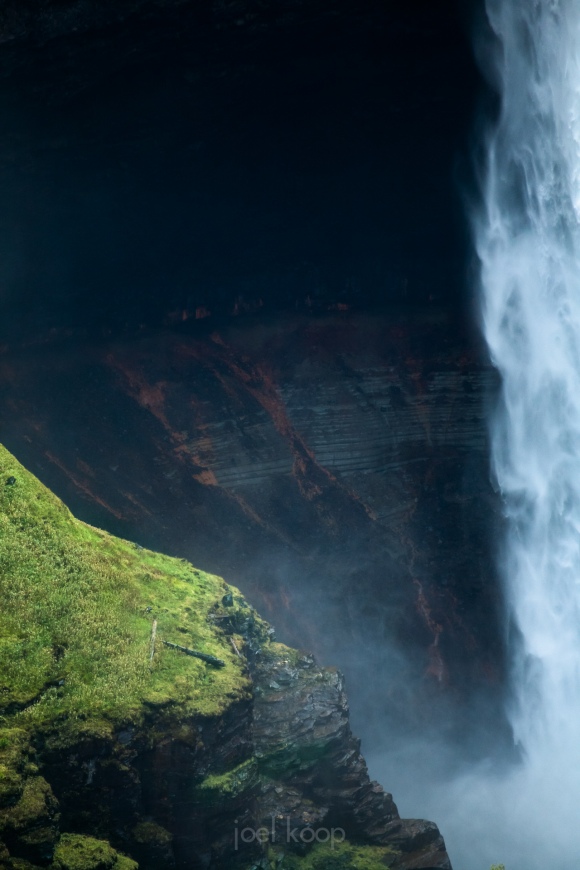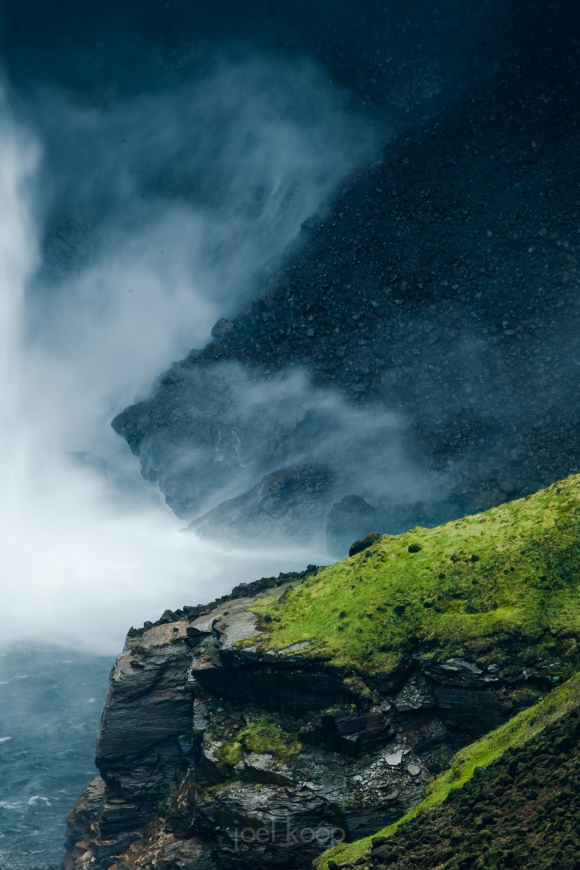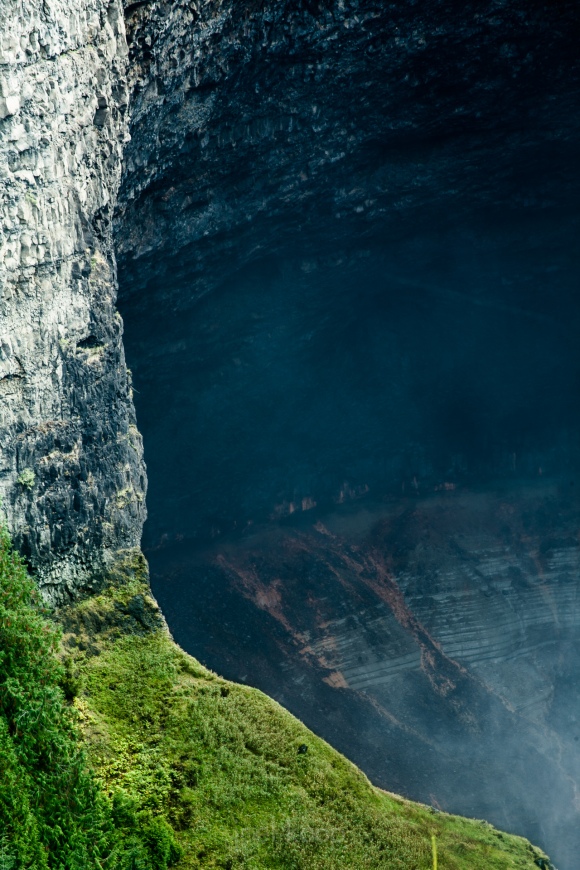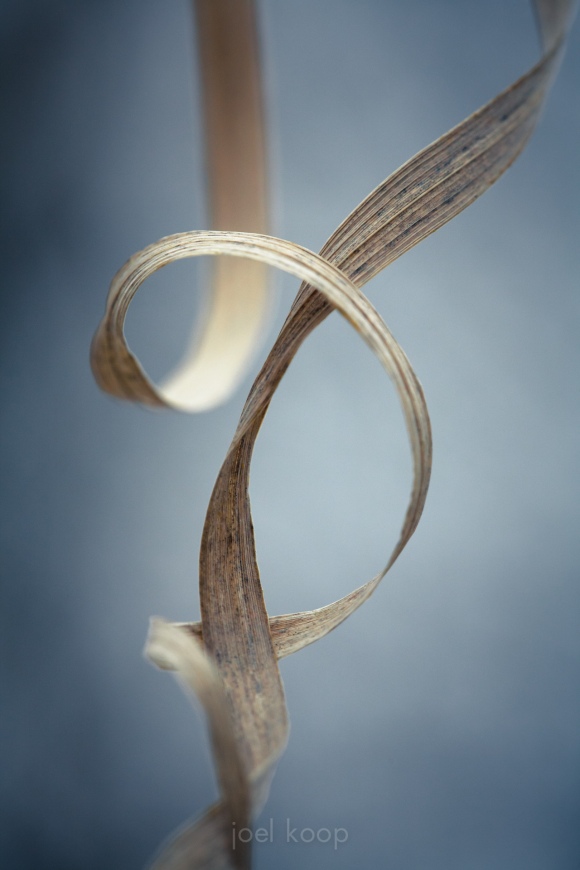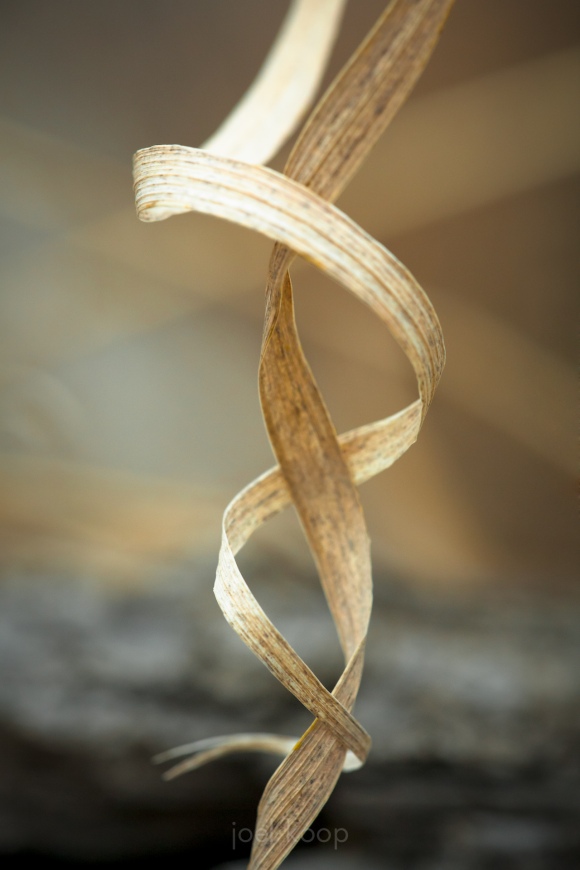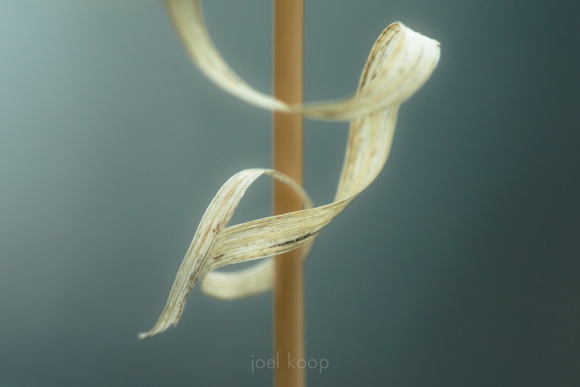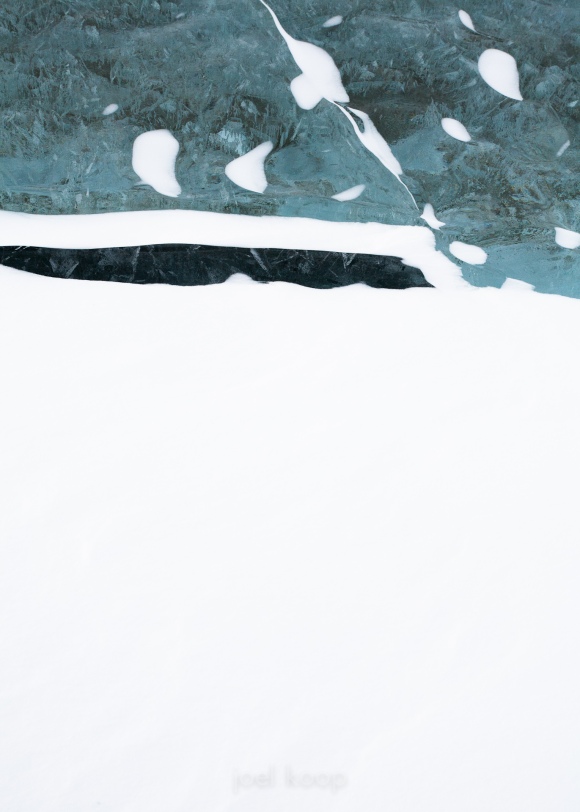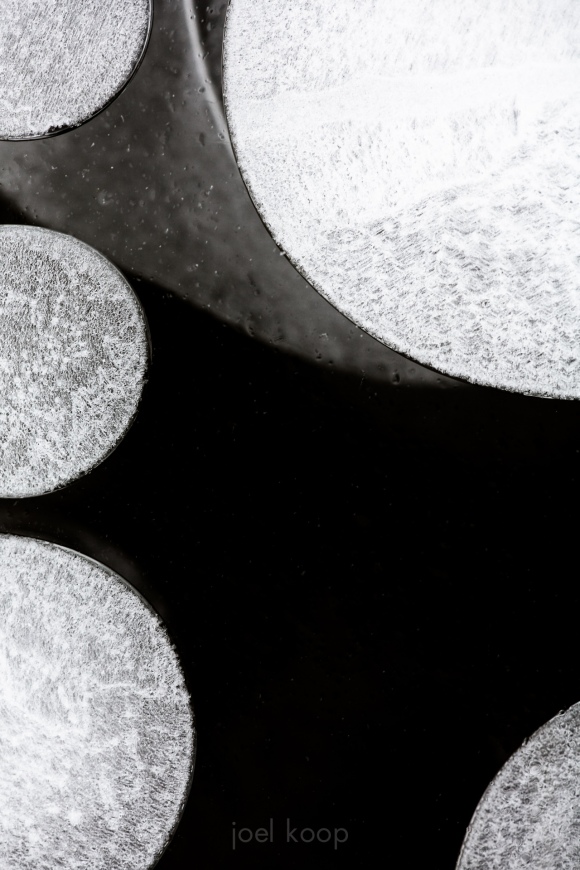About a month ago I visited Helmcken Falls for the first time. It was a quick stop on a long trip, so it was in the middle of the day and the light was mediocre at best. But the falls are spectacular! The fairly large Murtle River plunges almost 500 feet in and earth-shaking display of watery power. So how do you communicate this sense of power and beauty in a photo? Most people will (including me) take a photo something like this:
1.
This is not a horrible picture, but it’s not a great one. The falls are small and far away. You get some context, but none of it is very interesting. Also, the sky is very bright and the canyon is very dark. Some people would suggest using some HDR technique to deal with this, but I like to deal with these things a little differently.
2.
There, now we’ve cut out the sky, and the exposure is a little better. There are more details in the trees in the canyon and we’ve zoomed in a bit on the falls, so they’re not lost in the picture. But this is still just an average, boring picture of a waterfall. There are no clear lines in the composition, and besides looking at the waterfall our eyes have nowhere to go. What if we zoom in a little more?
3.
Now we’re limited to just a couple compositional elements — the waterfall and the cliff beside it. Our eyes have two interesting lines to jump between, and some interesting detail in the dark area in the middle. You can also see the power of the water more clearly, with both the piece-y water falling down and a clear view of the canyon it has carved out. But I feel like the black part on the right is not very interesting and is occasionally pulling the eye over to that side of the photo. So let’s get rid of it.
4.
Now the focus is on the negative space, which is actually really interesting. The reds and greys of the canyon are framed by the waterfall and the grassy rocks on the left. I think this is actually pretty interesting and shows off the falls a lot better than the first photo.
But because I like to explore with compositions, I tried some other framings of the falls.
5.
I find leaving the falls completely out of the photo can yield even more interesting results that a photo of the falls itself. You still get a sense of the power here, possibly even more, by focusing on the effects of the subject — not the subject itself.
6.
7.
Of course there are many other ways of dealing with boring photos. You could come here late in the evening with the sunset illuminating the falls in a warm glow. You could come get the sunrise over the falls and use multiple exposures to balance the bright sky with a dark foreground. You could come at night and get stars over a smoothed-out long exposure waterfall. But this is one way of dealing with boring light and still getting interesting photos.
